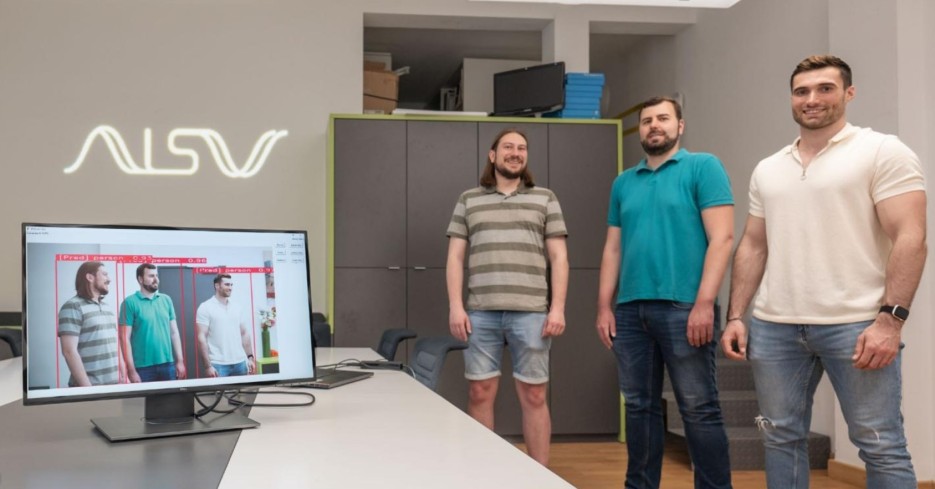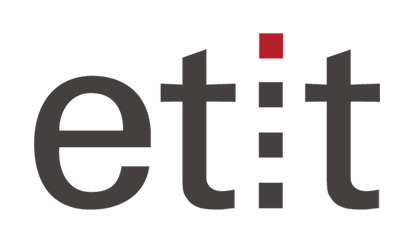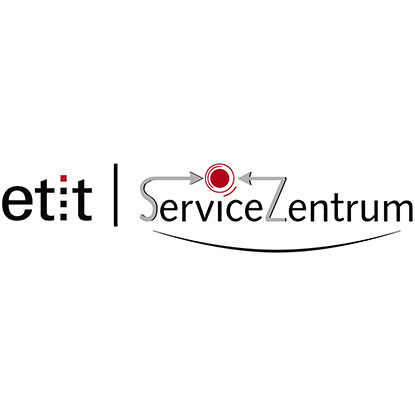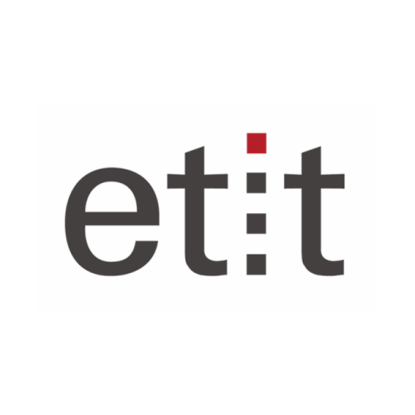Safe even at night with AI
Interview about the award-winning podcast “Gleichstellung@etit”
2024/07/02 by Astrid Ludwig
How can an autonomous vehicle recognise people or objects in good time, even when driving at night? How does a camera have to be designed for detection, and how will communication take place in the future if there is no one at the wheel to interpret gestures? The possibilities offered by adaptive lighting systems are being researched by etit's Adaptive Lighting Systems and Visual Processing Lab.

Screen and camera – that's all you need for visualisation. Markus Peier, Julian Lerch and Korbinian Kunst, doctoral students and research assistants at the Lab of Adaptive Lighting Systems and Visual Processing, have set up an experimental setup. If a person enters the camera's field of vision, they appear on the computer display – framed by a red frame and supplemented with information on the percentage probability that the object is a human. An AI-supported system developed at the lab makes this recognition and visualisation possible for automated vehicles in road traffic.
“Not only people are detected, but objects in general,” emphasises Peier. The project on light-based object detection, headed by Professor Tran Quoc Khanh, deals with several aspects of research at once: What must the specifications of a camera be in order to be able to recognise objects or people at all, even in the street at night? What pixel size and resolution must it have, and what gain, exposure time and aperture must be set in order to deliver reliable results? And how can drivers or automated driving systems be supported in detecting in the dark?
The spotlights of the future are digital computer-controlled projectors rather than lamps.
Korbinian Kunst, Lab of Adaptive Lighting Systems and Visual Processing
What is good visibility?
The researchers have set up a spotlight consisting of 25,600 microLEDs. “The headlights of the future are digital, computer-controlled projectors rather than lamps,” explains Kunst. This projector is linked to the high-resolution camera in the centre of the vehicle windscreen. If an object is detected with only a low probability, it can be specifically illuminated by the large number of pixels in order to increase visibility for the AI system, but also for people, as he explains. However, it needs to be clarified how good visibility is defined for people and cameras.
Kunst emphasises the interdisciplinary approach: among other things, psychology plays a role in determining what contrasts people need for reliable detection, as does the question of what influence driving speed, object dynamics, position or size of the object have.
Communication without gestures
However, adaptive light-based systems can be used not only for detection, but also for communication in the world of automated and autonomous driving. Markus Peier describes a possible situation: if there is no longer a driver in the car, communication with gestures is no longer possible. “But how do I then communicate who is allowed to drive first at a blind spot, for example? What symbols can be used instead, and where should they be visible?
In addition, the signs must also be internationally understandable,” he emphasises. It would be conceivable to use symbols to indicate the driving status or warnings with stop symbols on a display in the front of the vehicle's radiator.
The automotive industry already has ideas on all of these issues. “But development is still in its infancy,” says Peier. The TU research team is using artificial intelligence specifically for its solution approaches.
Always up-to-date with exciting news from the etit campus: Follow us on Instagram!
Recommended external content
We have selected external content from Instagram for you and would like to show it to you right here. To do this, you must reveal it with one click. You can hide the external content at any time with another click.
I agree to external content from X being shown to me. This may result in personal data being transmitted to third-party platforms. You can find more information in our Privacy Policy.



